RED HAT OPEN INNOVATIVE ECOSYSTEM
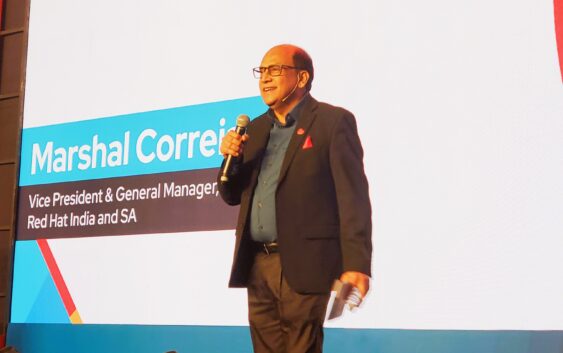
Red Hat Summit: Connect 2023 was the 13th annual event that focused on inspiring businesses to accelerate growth and drive innovation through open hybrid cloud. The purpose of the event was to provide organizations with the tools to bridge the divide between IT operations and business operations in order to deliver and achieve business goals. The event was held on October 18, 2023 at the luxurious Westin Mumbai Powai Lake.
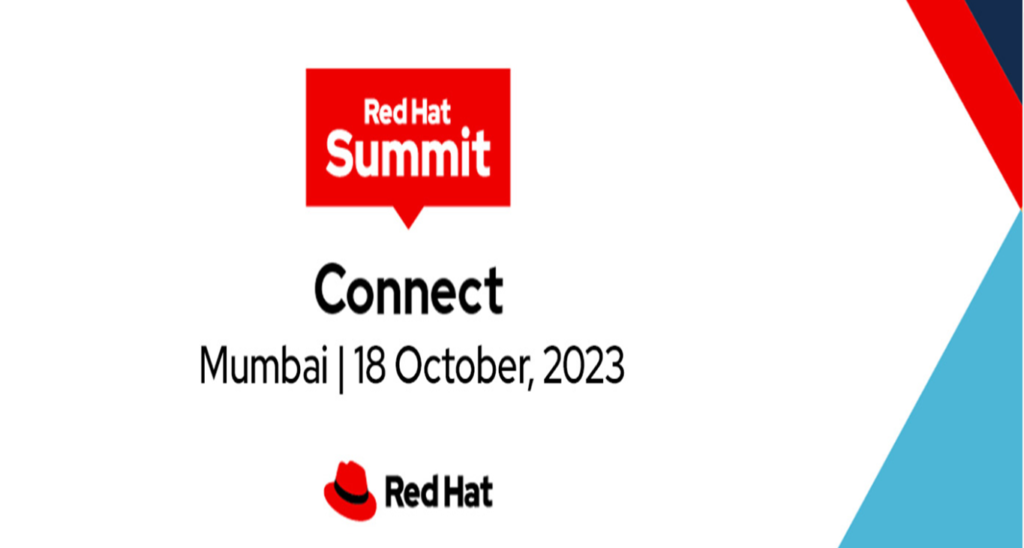
This event brought together IT decision-makers (ITDMs) and business decision-makers (BDMs) from all over the world to discuss the most recent advances in hybrid cloud, open source technology, and IT solutions, to provide a platform for learning about how organisations can use open source to meet business objectives, share insights on how to address specific business challenges, and network directly with Red Hat and its ecosystem of technology partners.
Delegates had the opportunity to network with Red Hat professionals and thought-provoking thought-leaders, as well as participate in interactive sessions, labs and networking events at the Red Hat Summit: Connect 2023.
The Red Hat Summit: Connect series provided attendees with insights on how to better integrate IT and business processes, realise the world’s potential, and assist their organisations in exploiting new technologies at scale.
Several global and regional Red Hat leaders attended and delivered sessions in various APAC cities and India, including: Matt Hicks, president and CEO; Ashesh Badani, senior vice president, head of products; Stefanie Chiras, senior vice president, partner ecosystem success; Mike Barrett, vice president of product management, hybrid platforms; Marjet Andriesse, senior vice president and general manager, APJ and Vajira Weerasekera, vice president, APAC Office of Technology.
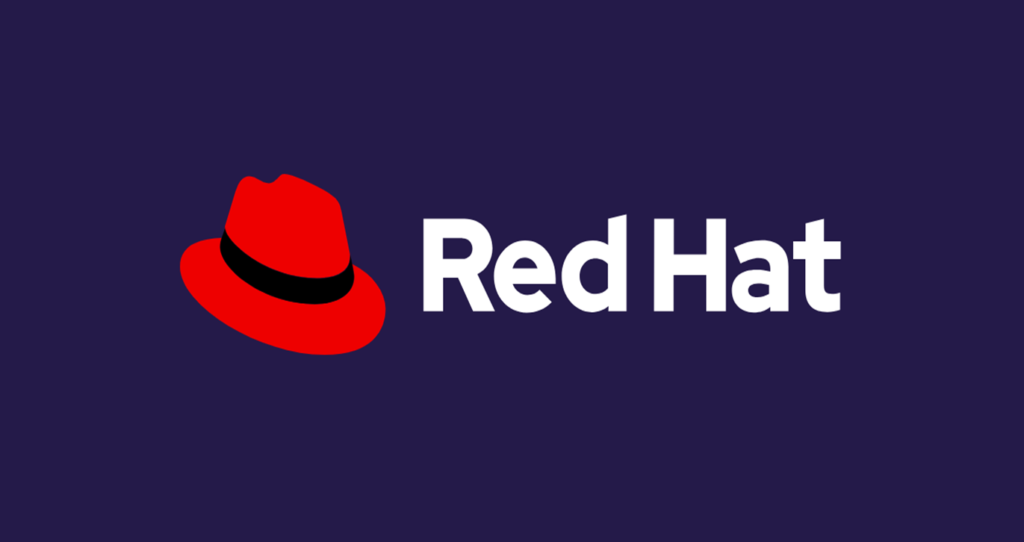
The 2023 Red Hat Summit: Connect theme was to inspire businesses to foster growth and propel innovation with an open hybrid cloud.
Organisations should be able to react to fast changing business environments, reinvent their business models, and provide better customer experiences using open source as they continue to embrace innovation in today’s business world.
How organisations may effectively employ open source and cutting-edge technology such as AI to drive business transformation while dealing with rising budgetary pressures.
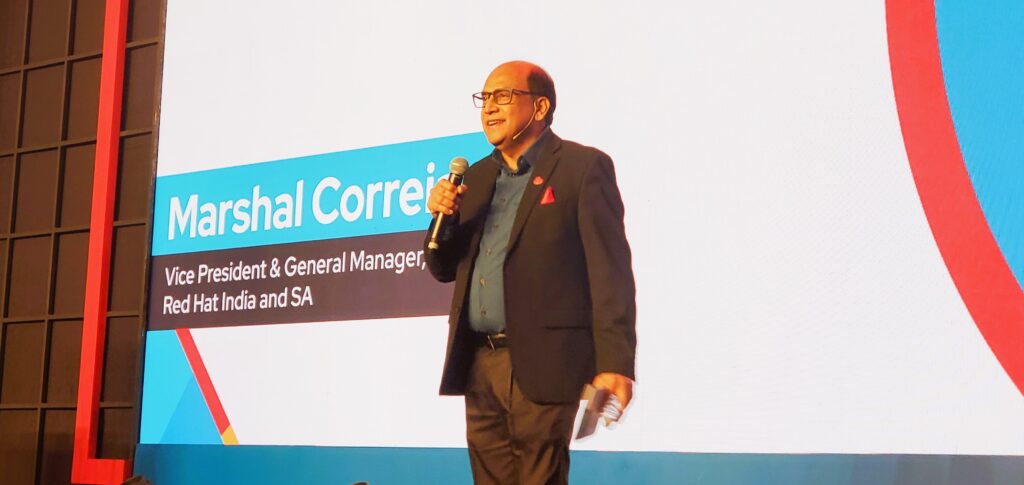
Opening remarks by Marshal Correia – Vice President and General Manager, Red Hat India and SA, stated that India has enormous opportunities in terms of 5G, AI, ML, and linked autos. Red Hat is a firm that delivers open source solutions to enterprises. We work upstream with the community, which consists of millions of developers, and downstream with customers, attempting to link both with our own development and mission important platforms. In India, we collaborate extensively with the government, many verticals, and communication service providers.
Agility, time to market, efficiency, and innovation are all crucial. We are quite thrilled about our open connect platform since it allows us to put everything together. We can provide significant value to all suppliers.
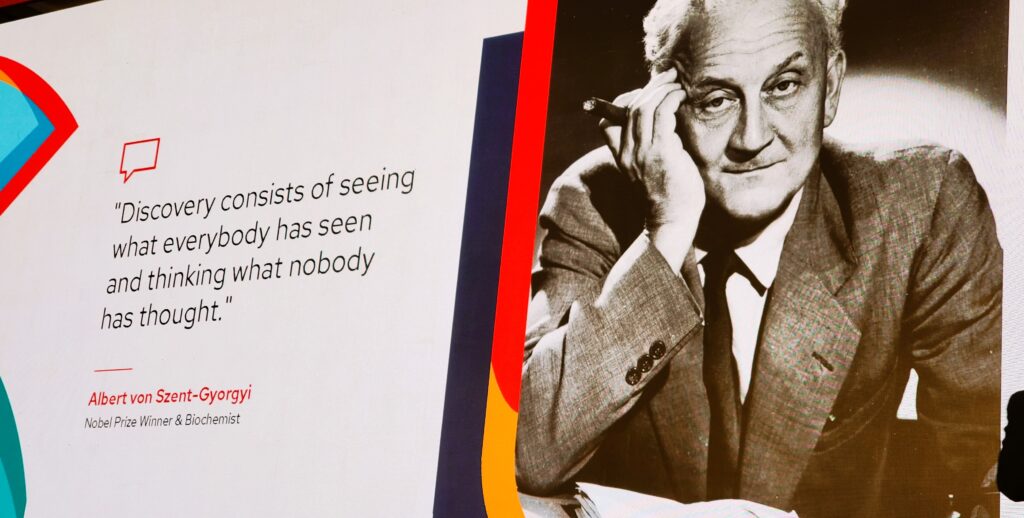
Over the past two decades, open-source has evolved to become the foundation of of the modern IT landscape. And organizations have been increasingly realising the benefits that could be achieved by leveraging open source.
Open-source technologies allow an organization to build an ecosystem that promotes faster innovation, enabling them to scale up, modify and add new features according to the changing trends and customer demands.
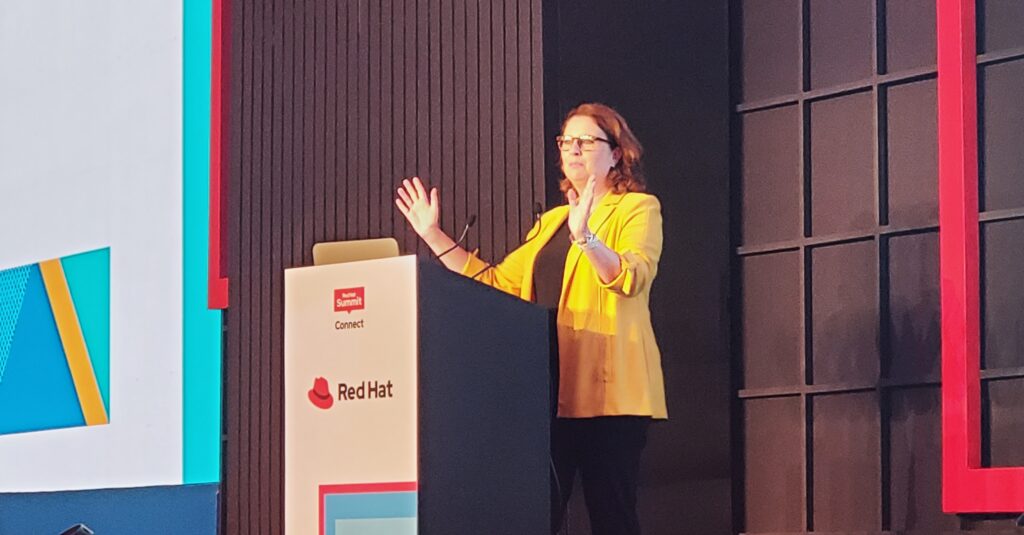
Marjet Andriesse – Senior Vice President and General Manager, APJ, Red Hat emphasized on how Asia-Pacific (APAC) organizations are pioneering the use of open-source software to modernize their IT infrastructure and build containerized applications and the APAC region is also ahead of the curve in leveraging open source for artificial intelligence and machine learning workloads, with 51% already employing open-source software in such projects, compared to 48% in the US and 45% in EMEA.
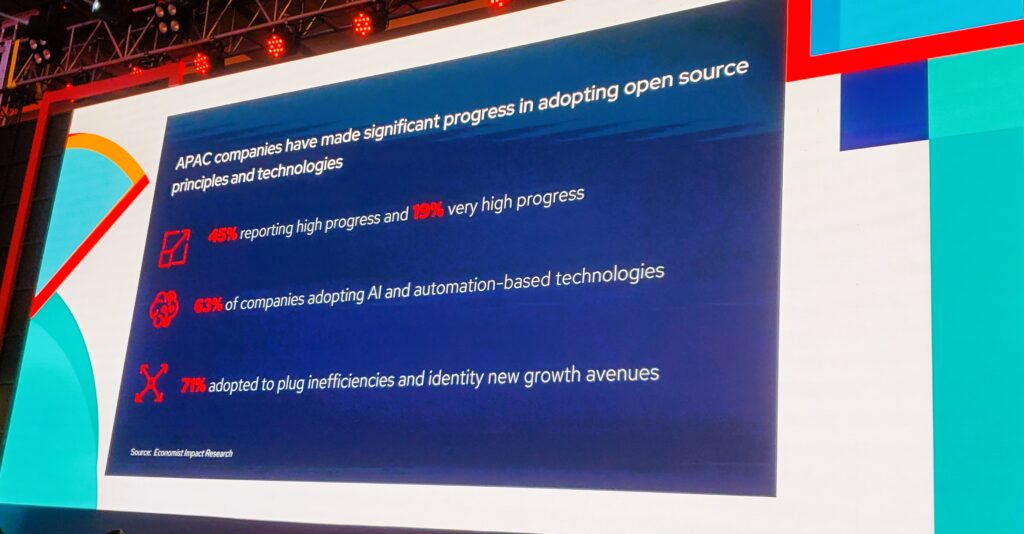
We are seeing more Asia Pacific organizations mature in their use of cloud, data, and new technologies. Red Hat Summit: Connect series brings experts, industry thought leaders, and business decision-makers together to share and collaborate on exploring innovative ways of using these technologies.
Marjet Andriesse – Senior Vice President and General Manager, APJ, Red Hat
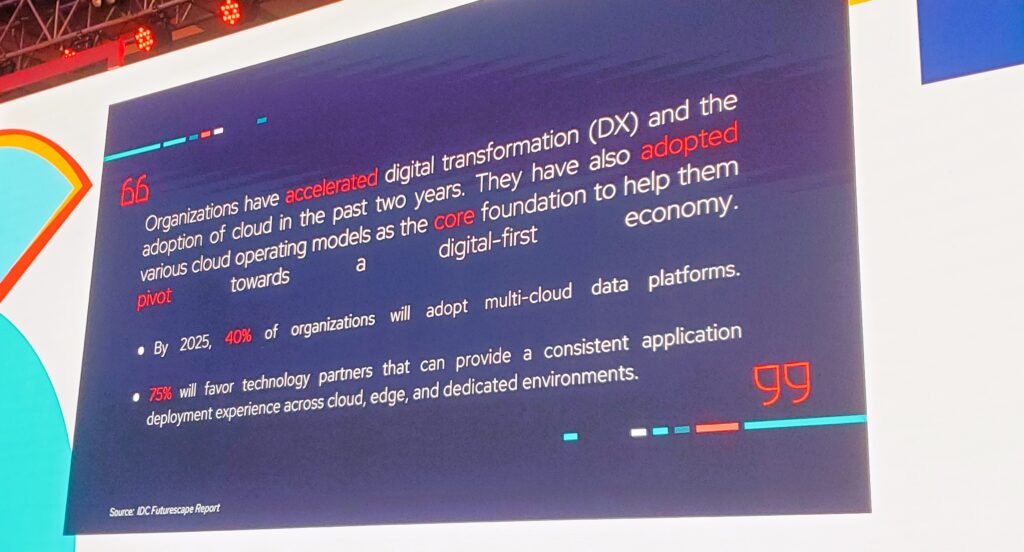
When it comes to the advantages of open-source software, reduced total cost of ownership, which was formerly linked with open source, is now tied for sixth place. The open hybrid cloud facilitates innovation by offering a platform that combines on-premise applications, whether via heritage or design, with the best of any cloud provider (private or public), all built on open source.
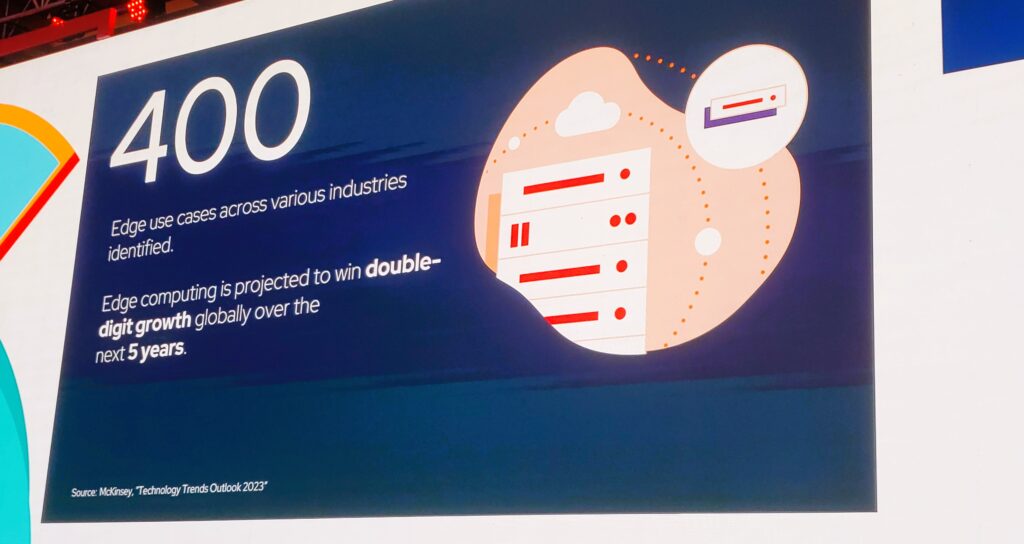
According to the study, the majority of APAC businesses are making strides in incorporating innovative technologies into their operations, notably cloud usage. AI is also seeing early usage, particularly generative AI and data platforms. Companies say that adopting these technology has improved their competitiveness, productivity, and efficiency.
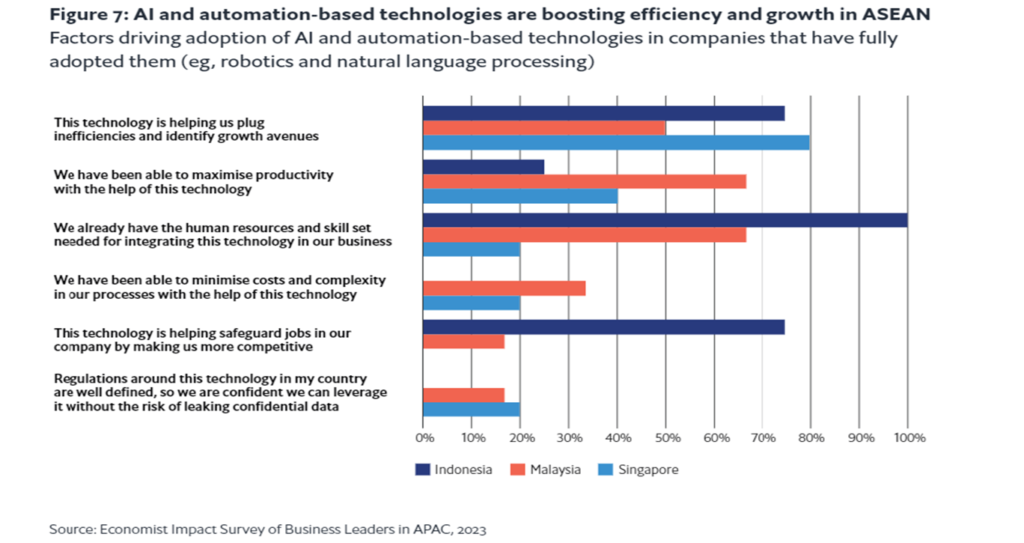
The Economist Impact report offers a better understanding of the Asia Pacific business landscape. Amidst ongoing complexities and headwinds, the economic resilience of the region continues to stay strong. Most APAC companies are making progress in integrating emerging technologies in their business. We are excited as cloud computing enjoys broader popularity in terms of full adoption among companies in the region, and early-stage adoption is also evident among APAC companies for AI, generative AI and data platforms.
Marjet Andriesse, senior vice president and general manager, APJC, Red Hat
Since generative AI technologies have become mainstream, the study also aimed to explore business executives’ perspectives and if they are implementing this technology within their organisations.
According to the findings, the majority of APAC organisations have not yet incorporated artificial intelligence, while others have started early.
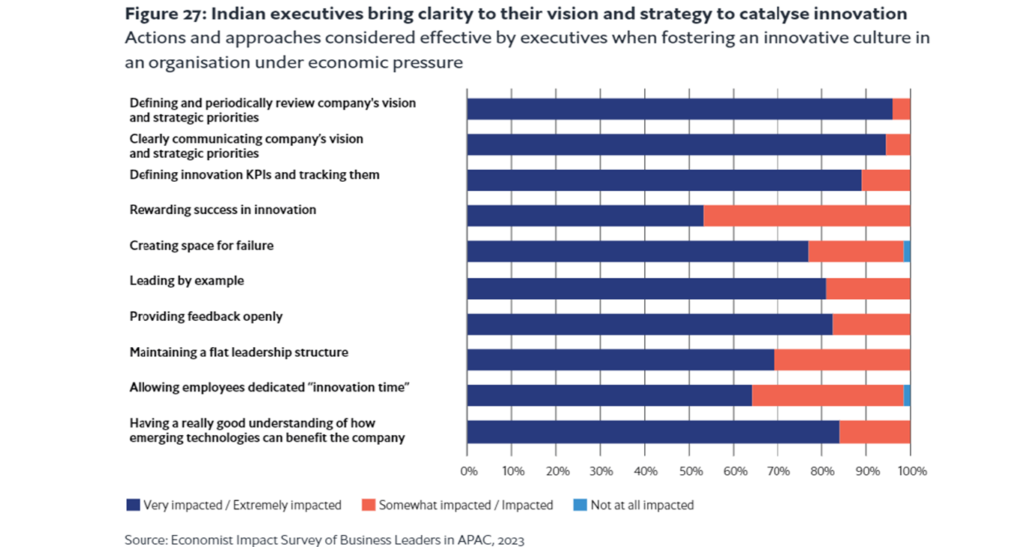
82% of IT leaders are more likely to select a vendor who contributes to the open source community.
Red Hat believes in the power of open source and the communities that propel it forward. Our open development strategy focuses on and encourages cooperation for software creation and maintenance, allowing developers to participate and help secure open source’s future as a technological staple.
The open hybrid cloud facilitates innovation by offering a platform that combines on-premise applications, whether via heritage or design, with the best of any cloud provider (private or public), all built on open source. This quality is also represented in the research, with 95% of respondents stating that enterprise open source is crucial to their organization’s total enterprise infrastructure, excluding pandemic problems.
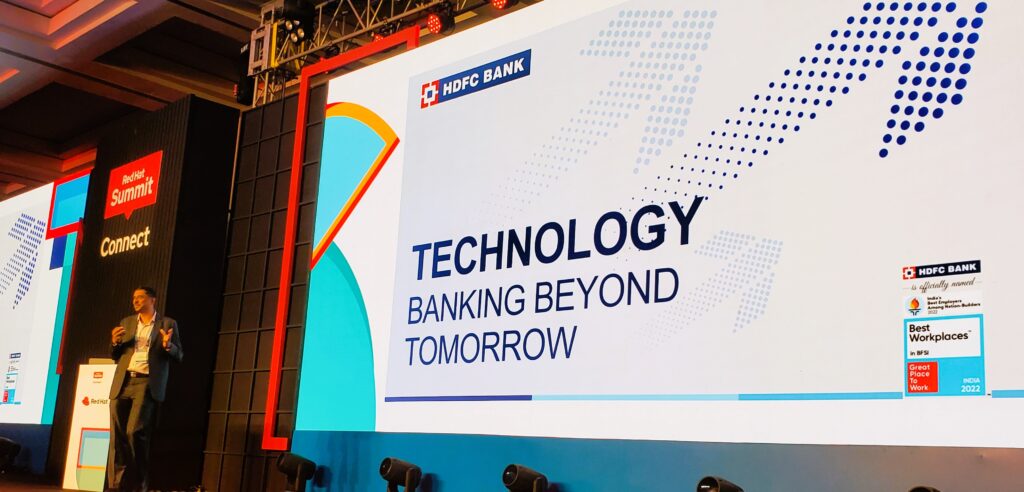
Ramesh Lakshminarayanan – CIO, HDFC Bank highlighted how innovation is very critical and eradicate the vuca world.
As Asia Pacific organisations mature in their use of cloud, data, and new technologies, there are growing concerns that are putting additional strain on budgets, forcing organisations to ensure better alignment between IT and business operations in order to successfully deliver and achieve business objectives. Imagine if innovation could bridge this gap by allowing organisations to use both established and cutting-edge technology, such as artificial intelligence, to drive innovation and support long-term success. Learn how open can unleash the world’s potential and assist organisations in utilising emerging technologies at scale and realising their ultimate worth.
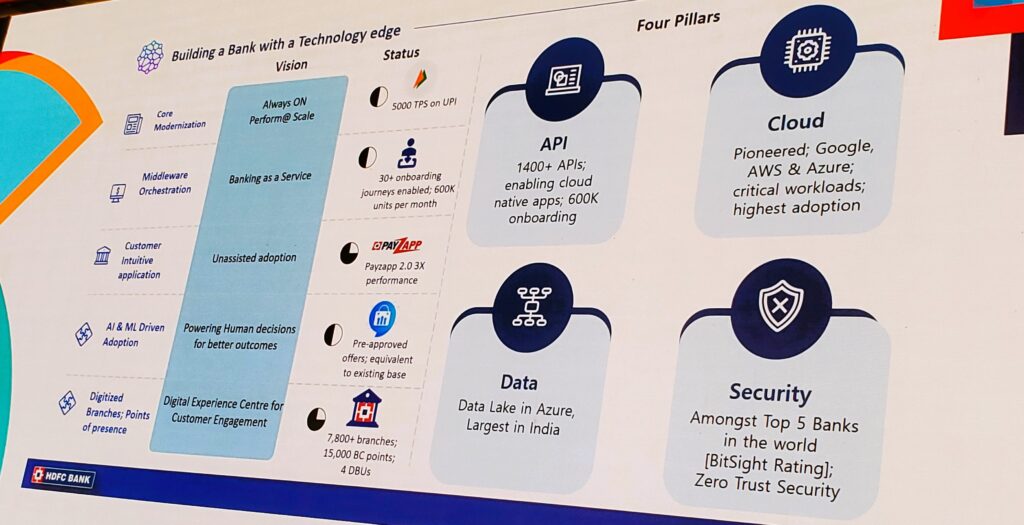
Talking about the competitive landscape in the BFSI sector and how it has really important to push innovation amid the VUCA world, Lakshminarayanan said today that if you look at the industry at large, especially banking in India, it’s an extremely VUCA-driven world.
Because of fintechs, learning has evolved in terms of cloud adoption, microservices, and effective data usage in a very rich format, at the same time, from a fintech perspective there is a lot of regulatory learnings they are going through.
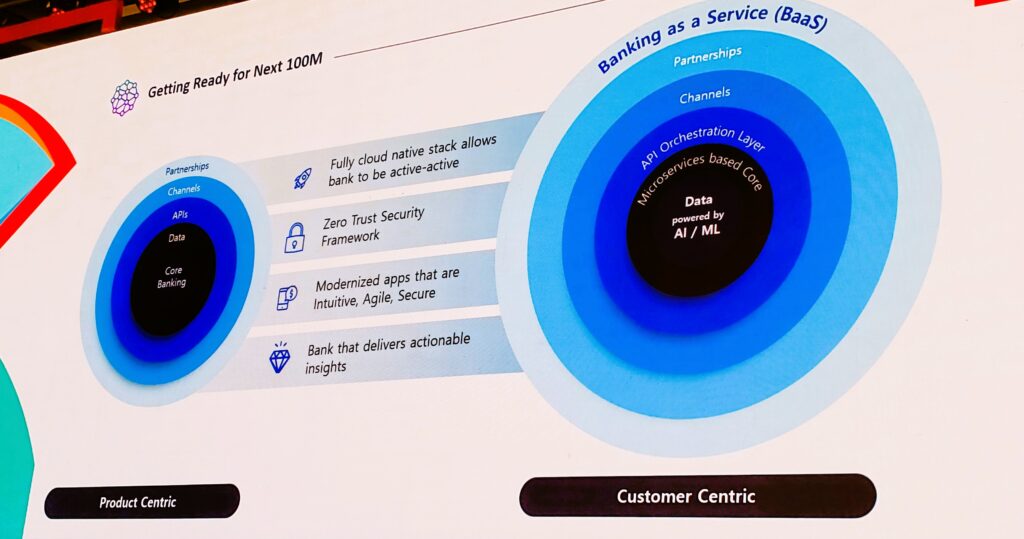
Technology has been fundamental to the redesigning of banking architecture. Hyper personalisation, privacy, and CX are key tenets to gain Competitive advantage: Ramesh Lakshminarayanan, CIO, HDFC.
Over the past three years, the bank has increased its IT investment by investing in startups to become more nimble in providing a better client experience. The largest private bank in India, HDFC Bank, has prioritised getting the fundamentals right from the start. While the bank has a clear cloud strategy, it has pursued it in a controlled manner by establishing a landing zone to which applications are deployed. The bank explains that this allows it to create a clear architecture for scaling up a customer-friendly and data-rich experience.
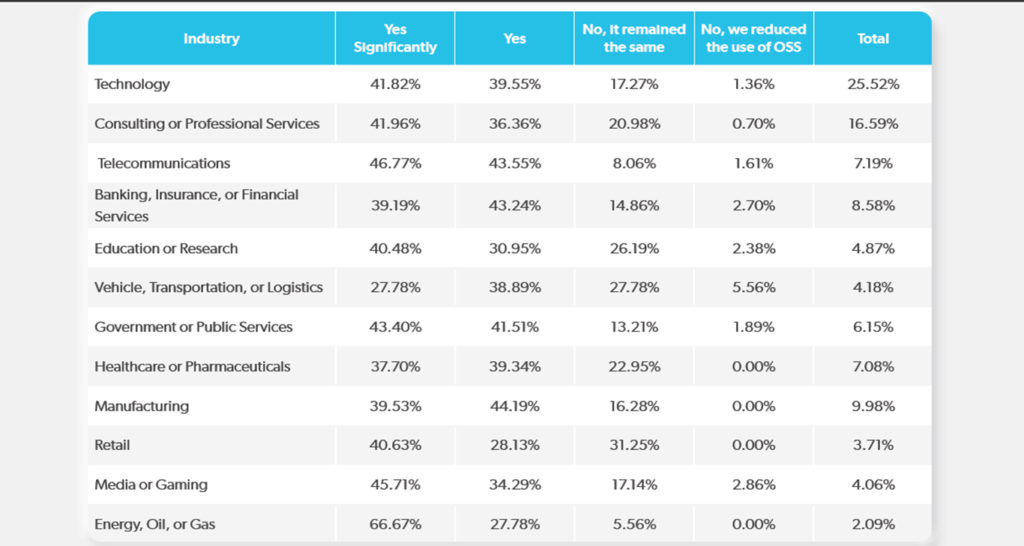
Open source software is a key part of the digital economy and is embedded in critical IT infrastructure. It includes frameworks, databases, DevOps tools, and AI/ML/DL technologies. From frameworks and databases to DevOps tools and AI/ML/DL technologies, open source is evolving at a rapid pace, backed by the support of vibrant communities.
According to the 2023 State of Open Source Report, the Telecommunications and Energy, Oil & Gas sectors are among those that have significantly increased their use and adoption of open source software in the past year.
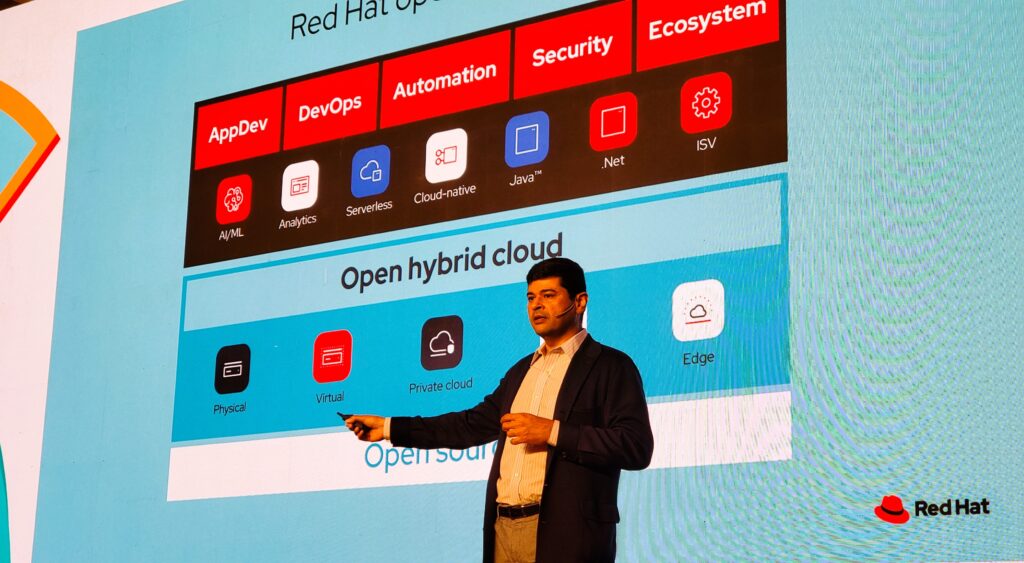
63% of IT leaders have a hybrid cloud Infrastructure today.
Red Hat’s open hybrid cloud allows businesses to operate any application or workload reliably across any footprint, including on-premise, edge, and cloud. Open hybrid cloud allows you to quickly design, deploy, and manage apps while also simplifying, automating, and securing operations.
“Pretty much every cloud today is built on a Linux foundation. You can’t really be in the cloud business unless you’re in the open business.”
Ashesh Badani – Senior Vice President, Cloud Platforms, Red Hat
The most significant advantage of a hybrid cloud approach is the freedom to select the best solution for each activity or workload.
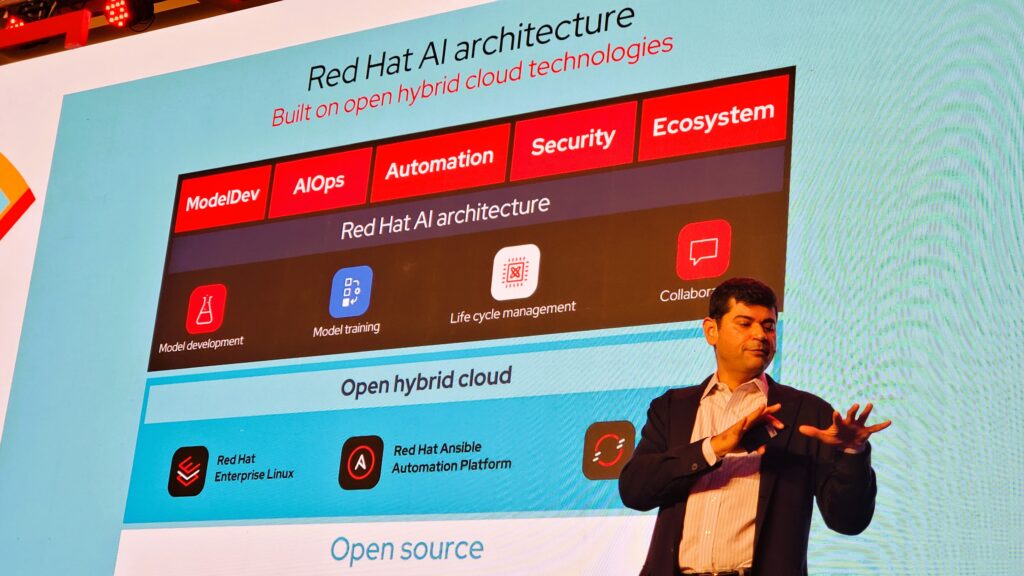
The company’s AI and machine learning operations (MLOps) platform provides a “consistent, scalable foundation based on open-source technology for IT operations leaders while bringing a specialized partner ecosystem to data scientists and developers to capture innovation in AI.
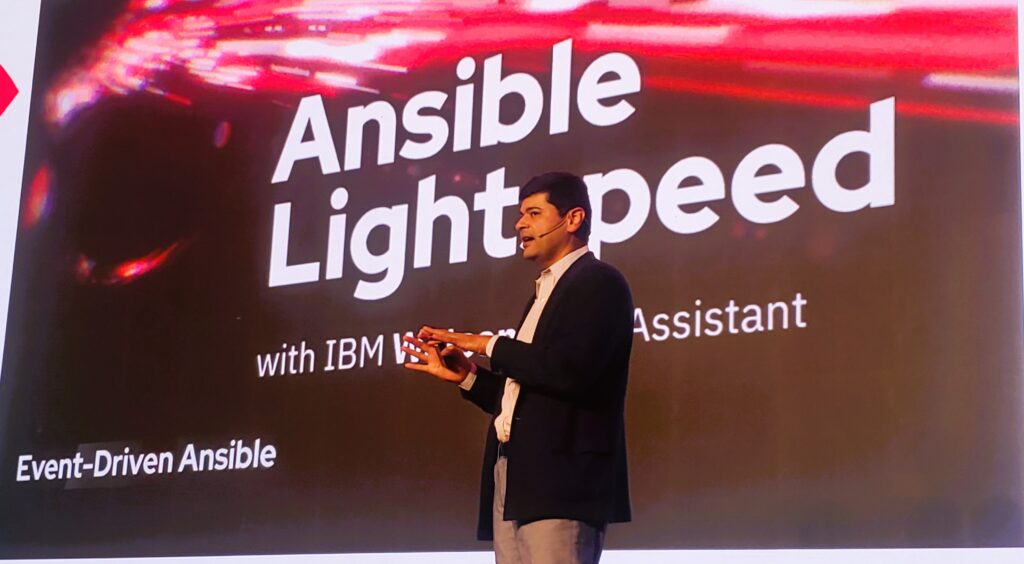
As for Ansible Lightspeed, Red Hat stated that the next phase of Project Wisdom would include sophisticated natural language processing functionality for Ansible automation. The new service, according to the business, is intended to “drive consistent and accurate automation adoption across an organisation, making it easier for novice users to automate tasks, while removing the burden of low-level task creation from experienced automators.”
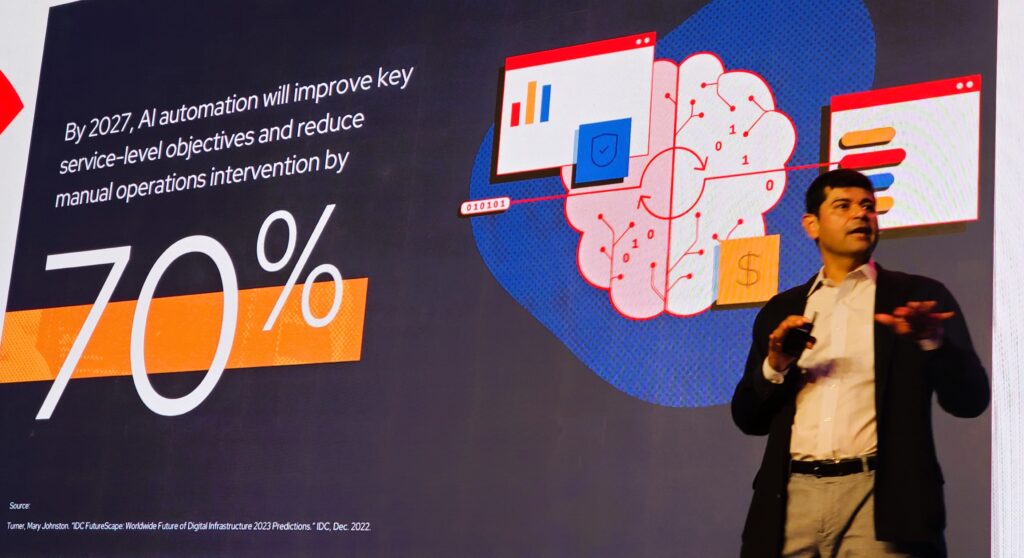
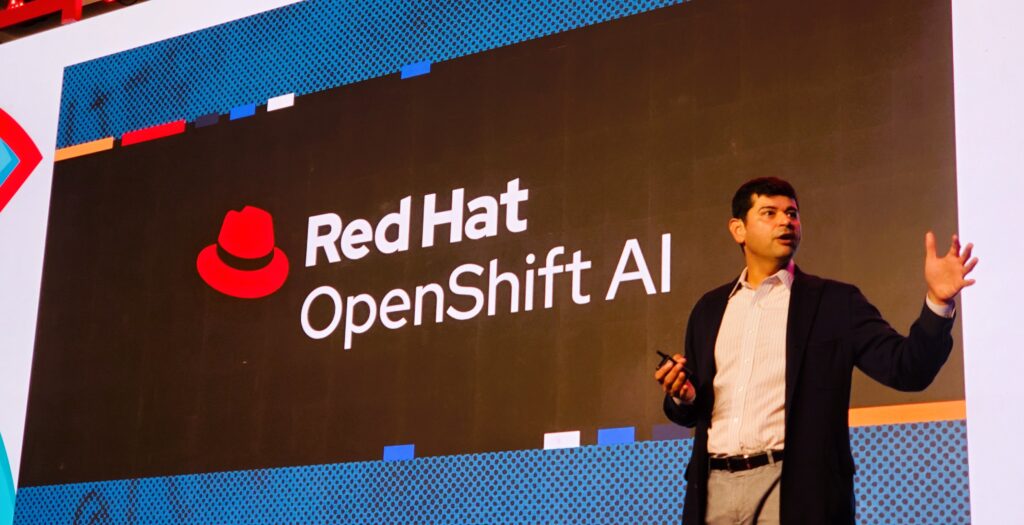
Red Hat® OpenShift® AI is an open-source platform for developing, training, testing, and providing models for your own AI-powered applications. A fully supported environment enables data scientists and engineers to quickly install and manage ML workloads and models both on-premise and in the public cloud. For big AI deployments, Red Hat® OpenShift® provides a scalable application platform appropriate for AI workloads, including access to popular hardware accelerators.
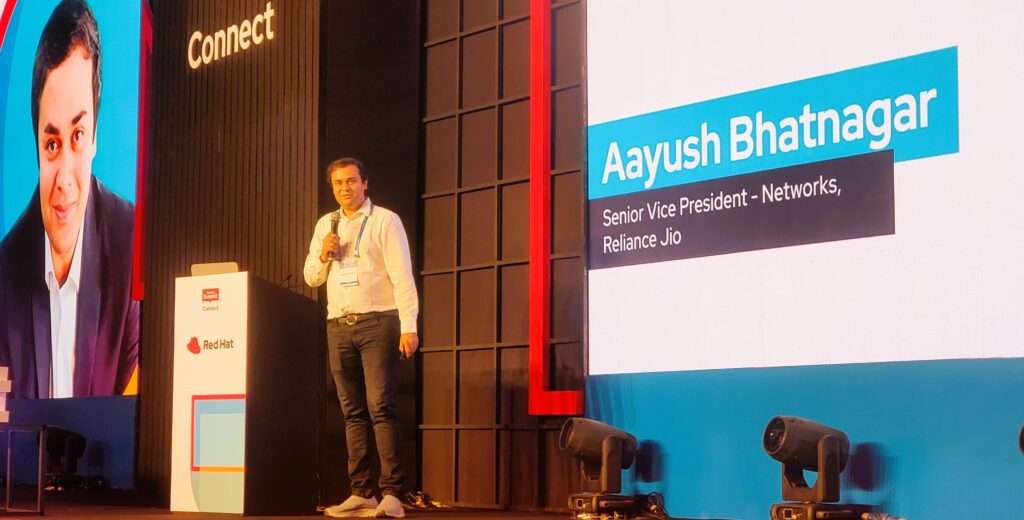
Aayush Bhatnagar – Sr. VP Networks, current focus at Jio Platforms is on cutting-edge software platform development, such as cloud native 5G core and 5G Radio technology that is created, developed, and manufactured in India. Aayush is also leading 5G advanced and early 6G research to continue R&D endeavours in the 5G arena.
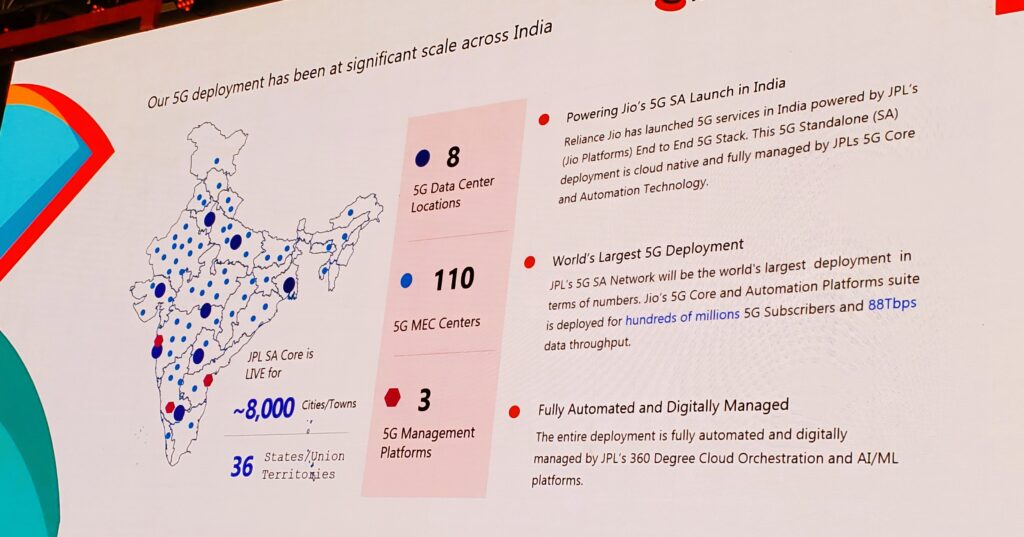
JPL began developing 5G RAN solutions at a time when the majority of early adopters of 5G were deploying it in Non-Stand Alone (NSA) mode using EUTRAN-NR Dual Connectivity (EN-DC). JPL has always said that a real 5G experience requires Stand Alone (SA) mode in combination with Cloud Native 5G Core. Thus, SA mode serves as the cornerstone for all Jio 5G RAN products. Legacy 5G UEs that support only NSA (not SA) are also supported. JPL’s 5G RAN portfolio includes Jio Outdoor Small Cell (ODSC), Jio Macro gNodeB with Massive MIMO, and Jio Indoor Small Cell.
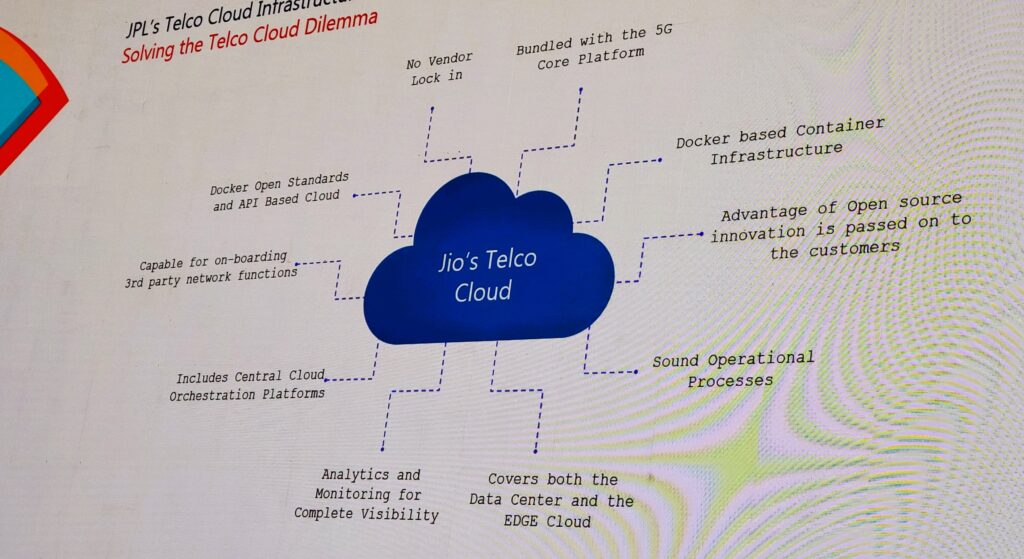
JPL began researching 5G RAN solutions at a time when most early adopters of 5G were deploying it in Non-Stand Alone (NSA) mode using EUTRAN-NR Dual Connectivity (EN-DC). JPL has always said that a true 5G experience requires Stand Alone (SA) mode in conjunction with Cloud Native 5G Core. Thus, SA mode serves as the foundation for all Jio 5G RAN offerings. Legacy 5G UEs supporting just NSA (not SA) are also supported. JPL’s 5G RAN portfolio consists of Jio Outdoor Small Cell (ODSC), Jio Macro gNodeB with Massive MIMO, and Jio Indoor Small Cell.

